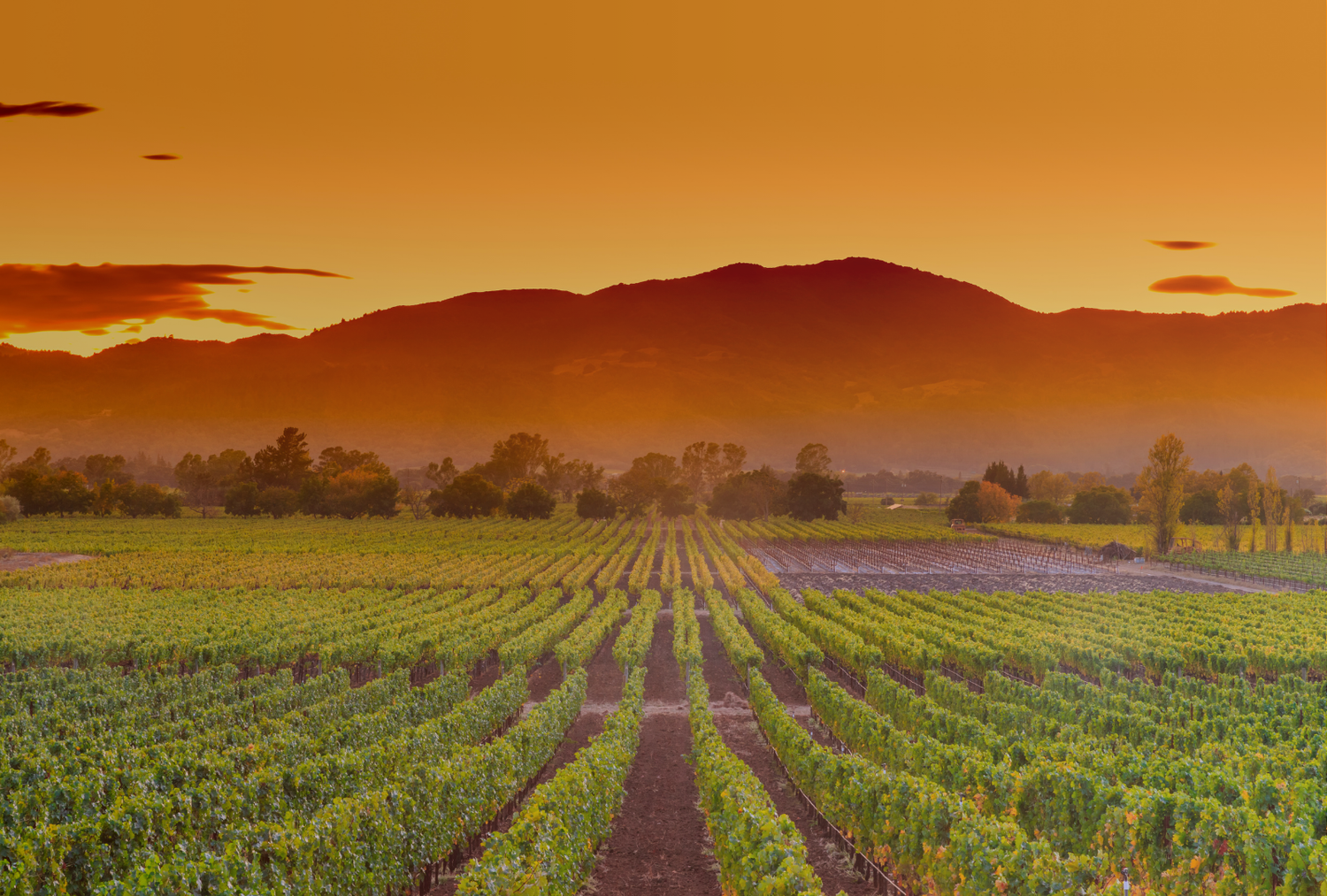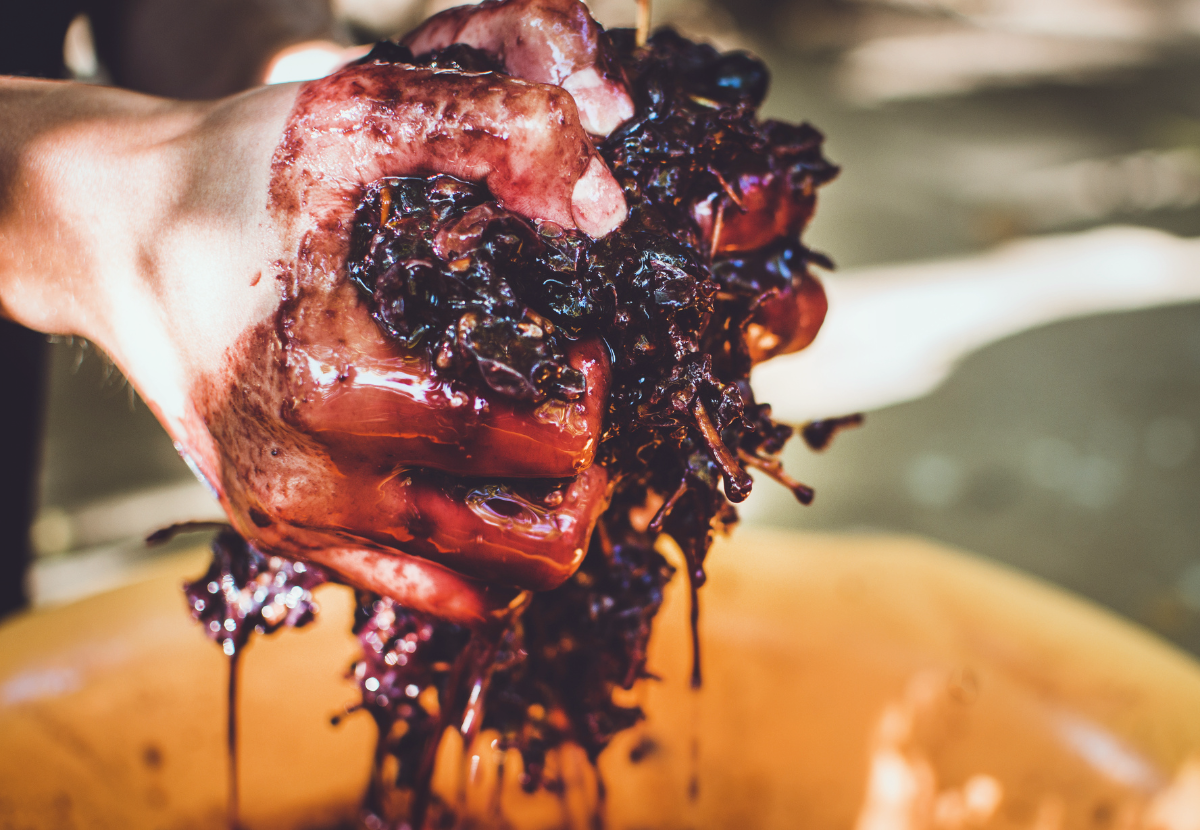
Whether you're a novice or a seasoned enthusiast, understanding the step-by-step process of wine tasting will enhance your enjoyment and help you discover the nuances in every glass. This beginner's guide will take you through the fundamental steps of wine tasting, a comprehensive guide for beginners on how to properly taste wine, including the steps, terminology, and common tasting notes.
Step-By-Step
1. See
-
Guide: Hold your glass by the stem to avoid warming the wine with your hand. Tilt the glass slightly and examine the wine against a neutral background, such as a white tablecloth or a piece of paper. Note the color, opacity, and viscosity. This visual inspection can provide initial clues about the wine's age and grape variety.
-
Example: Pour a glass of white wine, such as a Chardonnay, into a clear wine glass. Hold the glass against a white background and observe the wine's color. A pale, straw-like color might suggest a young Chardonnay, while a deeper, golden hue may indicate an aged one.
2. Swirl:
-
Guide: Hold the base of the wine glass and gently swirl the wine in a circular motion. Swirling releases the wine's aromas and allows you to assess its "legs." The legs can offer insights into the wine's alcohol content and viscosity.
-
Example: Gently swirl a glass of red wine, like a Pinot Noir. Observe how the wine adheres to the sides of the glass, forming "legs" or "tears." A wine with slow-moving legs typically has higher alcohol content.
3. Smell
-
Guide: Bring your nose to the glass and inhale the wine's aroma. Note the various scent categories, including fruity, floral, earthy, and spicy. Try to identify specific aromas and see how they evolve as the wine aerates.
-
Example: Take a deep inhale of a glass of Cabernet Sauvignon. Identify aromas such as blackberries, dark cherries, and a hint of cedar or oak. These scents are characteristic of this varietal.
Bonus tips: Use our Aroma Wheel to help you easily identify the aromas you discover.
4. Savor
-
Guide: Savor the wine's finish and reflect on its length and complexity. A long, lingering finish with evolving flavors indicates a high-quality wine.
-
Example: After sipping a Syrah, consider the finish. Does it linger with notes of black pepper and dark chocolate, or does it dissipate quickly?
5. Take Notes
-
Guide: Maintain a wine journal to document your tasting experiences, including the wine's name, vintage, and your observations about its appearance, aroma, taste, and finish.
-
Example: In your wine journal, record the details of a Pinot Grigio you enjoyed, describing its pale color, notes of green apple and citrus, and a refreshing, crisp finish.
6. Practice
-
Guide: The more you practice, the better your palate becomes. Seek opportunities to taste different wines, join tasting events, and discuss your impressions with fellow enthusiasts. Over time, you'll refine your wine-tasting skills and develop a deeper appreciation for this fascinating art.
-
Example: Attend a wine-tasting event in your area or join a local wine club to explore a variety of wines and learn from experienced tasters.
Terminology
Wine tasting involves a rich vocabulary to describe the various aspects of a wine. Here's a list of basic wine tasting terminology:
-
Aroma: The smell of a wine, typically used to describe the primary scents derived from the grapes.
-
Bouquet: The more complex and developed scents that emerge in a wine as it ages.
-
Taste: The flavors perceived when the wine is on the palate, which can include fruitiness, acidity, sweetness, and more.
-
Body: The weight and texture of the wine in your mouth, which can range from light to full-bodied.
-
Tannin: The compound found in the skins, seeds, and stems of grapes, which contributes to the wine's bitterness and astringency.
-
Finish: The aftertaste of a wine that lingers on the palate after swallowing.
-
Acidity: The sharpness and liveliness of a wine's taste, which can make it refreshing and vibrant.
-
Dry: A wine with little or no residual sugar, creating a sensation of dryness in the mouth.
-
Sweet: A wine with noticeable sweetness due to higher residual sugar levels.
-
Oak: The influence of oak barrels on the wine's flavor, often adding notes of vanilla, spice, or toast.
-
Fruity: A wine with prominent fruit flavors, which can vary from one grape variety to another.
-
Minerality: The perception of earthy or stony characteristics in the wine, often attributed to the soil in which the grapes were grown.
-
Complexity: The presence of various layers and nuances in a wine, which make it interesting and intriguing.
-
Balance: When a wine's components (acidity, sweetness, tannins, etc.) harmonize well with each other.
-
Aging: The process of allowing a wine to mature in a controlled environment to develop its flavors and characteristics over time.
-
Corked: A term used to describe a wine that has been affected by a cork tainted with cork taint, resulting in an unpleasant odor and taste.
-
Crisp: A wine with high acidity that feels refreshing and bright.
-
Fermentation: The process by which yeast converts sugars into alcohol and carbon dioxide.
-
Decanting: The act of pouring a wine from its bottle into a decanter, often done to aerate the wine and remove sediment.
-
Legs: The droplets that form and run down the sides of a wine glass when the wine is swirled, which can indicate its alcohol content.
Take Notes
These common wine tasting notes will help you communicate your impressions and experiences with a particular wine. Keep in mind that personal preferences and individual palates can lead to variations in how people describe a wine's characteristics.
Appearance:
- Color: Describes the wine's hue, such as red, white, or rosé, and can specify shades like ruby, deep purple, golden, or pale straw.
- Clarity: Indicates whether the wine is clear or hazy.
- Intensity: How deep or vibrant the color appears in the glass.
Aroma (Nose):
- Fruit: Identifies specific fruit scents like cherry, blackberry, citrus, or apple.
- Floral: Notes the presence of floral aromas, such as rose, violet, or jasmine.
- Herbaceous: Refers to herbal scents like mint, eucalyptus, or grass.
- Spice: Indicates spices like cinnamon, clove, or black pepper.
- Oak: Notes the influence of oak, including vanilla, cedar, or toast.
- Mineral: Describes earthy or stony aromas, like wet stones or flint.
- Other: Captures unique scents, such as leather, tobacco, or cocoa.
Palate (Taste):
- Fruit: Similar to the aroma, it identifies specific fruit flavors on the palate.
- Acidity: Indicates the level of sharpness and freshness in the wine.
- Tannins: Refers to the presence and texture of tannins, which can be soft, velvety, or gripping.
- Body: Describes the wine's weight and mouthfeel, whether it's light, medium, or full-bodied.
- Sweetness: Notes the level of sweetness, which can range from dry to sweet.
- Alcohol: Indicates the wine's alcohol content and how it affects the overall taste.
- Finish: Describes the lingering aftertaste, mentioning its length and any evolving flavors.
- Balance: Refers to how well the wine's components (acidity, sweetness, tannins, etc.) harmonize.
Overall Impressions:
- Complexity: Describes the presence of various layers and nuances in the wine.
- Structure: Evaluates the wine's overall framework, including its acidity, tannins, and body.
- Ageability: Indicates whether the wine is suitable for aging or best enjoyed young.
- Harmony: Reflects how well the various elements of the wine work together.
- Value: Provides a subjective assessment of the wine's quality relative to its price.




